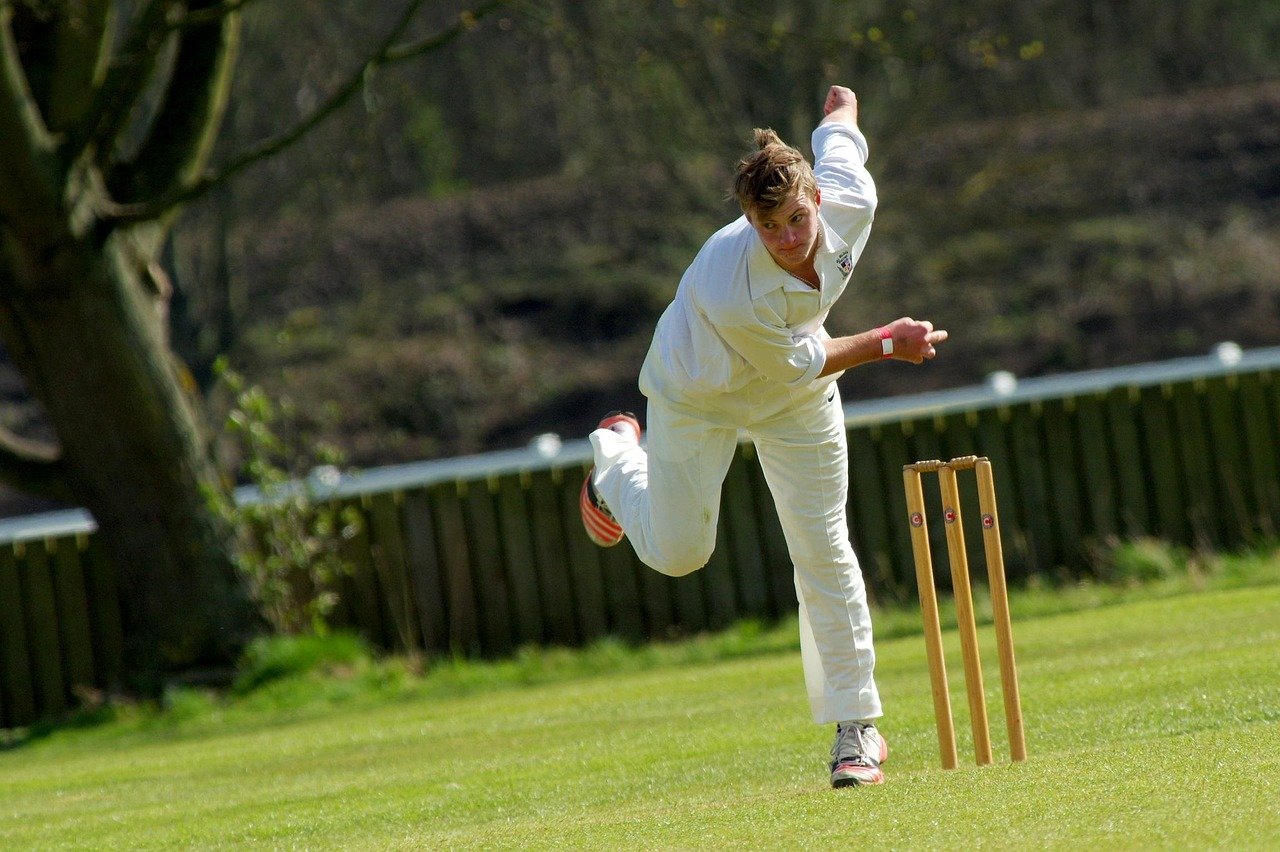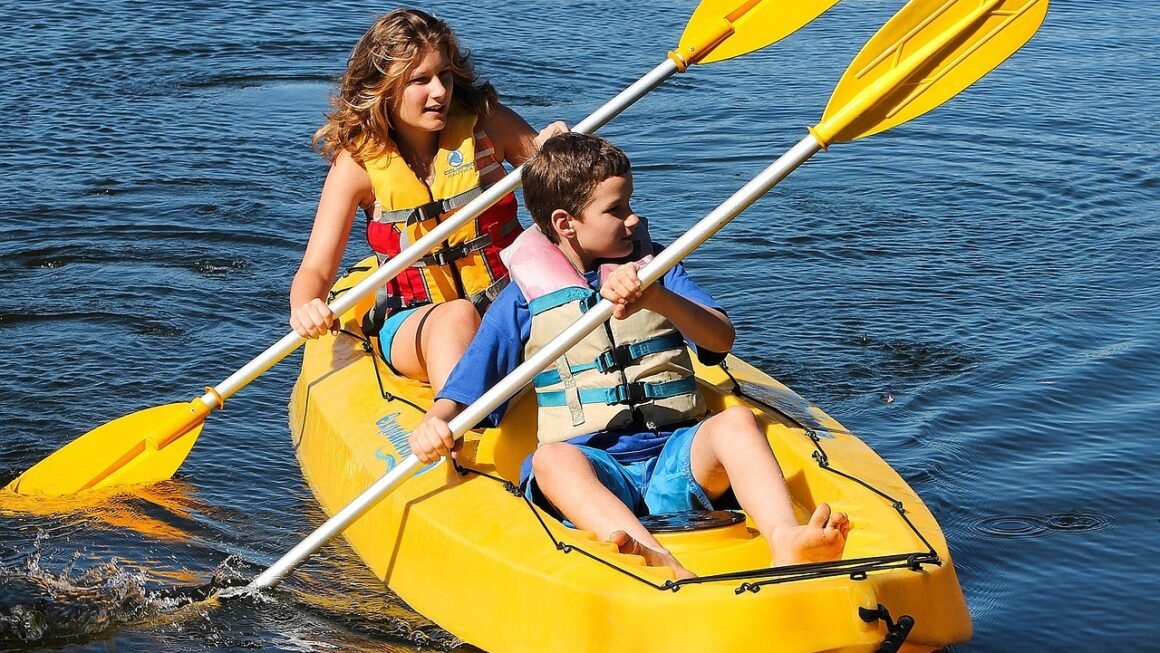The crisp mountain air, the glistening snow under a radiant winter sun, the exhilarating rush of gliding down a perfectly groomed slope – skiing offers an unparalleled experience for both adrenaline junkies and those seeking a peaceful connection with nature. Whether you’re a seasoned pro carving expert turns or a first-timer just learning to snowplow, understanding the fundamentals and exploring the diverse world of skiing will unlock a lifetime of winter enjoyment. Let’s delve into everything you need to know about skiing, from gear and techniques to finding the perfect resort for your skill level.
Getting Started: Your First Time on the Slopes
Choosing the Right Gear
Selecting the correct equipment is paramount for a comfortable and safe introduction to skiing. Renting is typically the best option for beginners, allowing you to experiment with different types of skis and boots before investing in your own gear.
- Skis: Beginner skis are generally shorter and softer, making them easier to turn and control. Look for skis with a “rocker” profile (a slight upward curve at the tip and tail), which aids in initiating turns.
- Boots: Proper boot fit is crucial. Ill-fitting boots can lead to discomfort, blisters, and even injury. Ensure your toes have a little wiggle room while standing straight, but that your heel stays firmly in place when flexing forward.
- Bindings: Bindings attach your boots to your skis and are designed to release in the event of a fall, preventing leg injuries. Ensure they are properly adjusted by a qualified technician.
- Poles: Ski poles help with balance and propulsion. The correct length is generally determined by turning the pole upside down and holding it just below the basket; your elbow should be bent at a 90-degree angle.
- Clothing: Dress in layers to regulate your body temperature. Opt for waterproof and windproof outer layers (jacket and pants), moisture-wicking base layers (long underwear), and insulated mid-layers (fleece or sweater). Don’t forget a warm hat, gloves or mittens, and ski socks (wool or synthetic blends).
- Helmet and Goggles: A helmet is non-negotiable for safety. Goggles protect your eyes from the sun, wind, and snow, enhancing visibility.
Taking a Lesson
Investing in a lesson with a certified ski instructor is the best way to learn proper technique and build a solid foundation. Instructors can teach you the fundamentals of balance, turning, and stopping in a safe and controlled environment.
- Group Lessons: A more affordable option that allows you to learn alongside other beginners.
- Private Lessons: Offer personalized instruction tailored to your individual needs and learning style.
- Focus on Fundamentals: Your first lesson will likely cover topics such as getting comfortable with your gear, learning the “snowplow” (wedge) for controlling speed and stopping, and basic turning techniques.
Finding the Right Resort
Not all ski resorts are created equal. Look for resorts with dedicated beginner areas, gentle slopes, and experienced instructors.
- Beginner-Friendly Slopes: Green runs (marked with a green circle) are designated for beginners and offer gentle slopes and wide trails.
- Ski School Programs: Many resorts offer comprehensive ski school programs for adults and children, including multi-day packages and specialized clinics.
- Terrain Parks: While tempting, avoid terrain parks (with jumps and rails) until you’ve mastered basic skiing skills.
Intermediate Skiing: Refining Your Technique
Parallel Turns
Once you’re comfortable with the snowplow, the next step is to learn parallel turns, where your skis remain parallel to each other throughout the turn.
- Practice on Gentle Slopes: Start by practicing on easy blue runs (marked with a blue square).
- Focus on Edge Control: Edge control is key to making smooth parallel turns. Use your ankles and knees to engage the edges of your skis and carve into the snow.
- Body Positioning: Keep your weight centered over your skis and maintain a balanced stance. Look in the direction you want to go.
- Pole Planting: Use your poles to help initiate turns and maintain rhythm. Plant your pole on the outside of the turn as you transition from one turn to the next.
Skiing Different Terrain
As your skills improve, you can start to explore more challenging terrain, such as steeper slopes, ungroomed runs (bumps), and trees.
- Blue Runs: Offer a good balance of challenge and accessibility for intermediate skiers.
- Black Diamond Runs: Generally steeper and more challenging than blue runs, with potentially icy or uneven terrain. Approach with caution.
- Off-Piste Skiing: Skiing outside of marked trails can be exciting, but it requires advanced skills and knowledge of avalanche safety. Consider hiring a guide for your first off-piste experience.
Improving Your Fitness
Skiing requires a good level of physical fitness. Incorporate exercises that strengthen your legs, core, and cardiovascular system into your workout routine.
- Squats: Build leg strength and improve balance.
- Lunges: Target your quads, hamstrings, and glutes.
- Plank: Strengthen your core muscles.
- Cardio: Running, cycling, or swimming can improve your endurance.
Advanced Skiing: Mastering the Mountain
Carving
Carving involves making smooth, controlled turns on the edges of your skis, leaving clean lines in the snow.
- Aggressive Edge Angles: Achieve steeper edge angles by angulating your body into the turn.
- Weight Distribution: Maintain consistent weight distribution on both skis.
- High-Performance Skis: Consider upgrading to high-performance skis designed for carving.
Mogul Skiing
Moguls (bumps) are formed by skiers turning in the same area repeatedly. Skiing moguls requires quick reflexes, excellent balance, and precise ski control.
- Absorb Bumps: Use your legs to absorb the bumps and maintain a smooth, consistent ride.
- Look Ahead: Scan the terrain and anticipate the next bump.
- Short Radius Turns: Make quick, short turns around the bumps.
Backcountry Skiing (Touring)
Backcountry skiing involves skiing in ungroomed, off-piste terrain, often requiring you to hike uphill using special bindings and skins (traction devices attached to the bottom of your skis).
- Avalanche Safety: Take an avalanche safety course and learn how to use avalanche safety equipment (beacon, shovel, probe).
- Navigation Skills: Be proficient in map reading and navigation.
- Physical Fitness: Backcountry skiing requires a high level of physical fitness.
Ski Safety: Staying Safe on the Slopes
The Skier’s Responsibility Code
Familiarize yourself with the Skier’s Responsibility Code, a set of guidelines designed to promote safety on the slopes:
- Always stay in control, and be able to stop or avoid other people or objects.
- People ahead of you have the right-of-way. It is your responsibility to avoid them.
- You must not stop where you obstruct a trail or are not visible from above.
- Whenever starting downhill or merging into a trail, look uphill and yield to others.
- Always use devices to help prevent runaway equipment.
- Observe all posted signs and warnings.
- Know how to use the lifts safely.
Avalanche Awareness
Avalanches are a serious hazard in mountainous terrain. Take an avalanche safety course, carry avalanche safety equipment, and be aware of current avalanche conditions.
- Avalanche Forecasts: Check the avalanche forecast before heading into the backcountry.
- Terrain Assessment: Assess the terrain for potential avalanche hazards, such as steep slopes, cornices, and recent snowfall.
- Companion Rescue: Practice companion rescue techniques with your partners.
Sun Protection
The sun reflects strongly off the snow, increasing your risk of sunburn and eye damage.
- Sunscreen: Apply sunscreen with a high SPF to all exposed skin, even on cloudy days.
- Lip Balm: Protect your lips with lip balm containing SPF.
- Sunglasses or Goggles: Wear sunglasses or goggles with UV protection to protect your eyes.
Conclusion
Skiing offers an incredible range of experiences, from the peaceful serenity of gliding through freshly fallen snow to the adrenaline-pumping thrill of carving down a steep slope. By understanding the fundamentals, practicing proper technique, and prioritizing safety, you can unlock a lifetime of winter enjoyment on the slopes. Whether you’re a beginner or an expert, there’s always something new to learn and explore in the captivating world of skiing. So, gear up, hit the slopes, and experience the magic for yourself!



